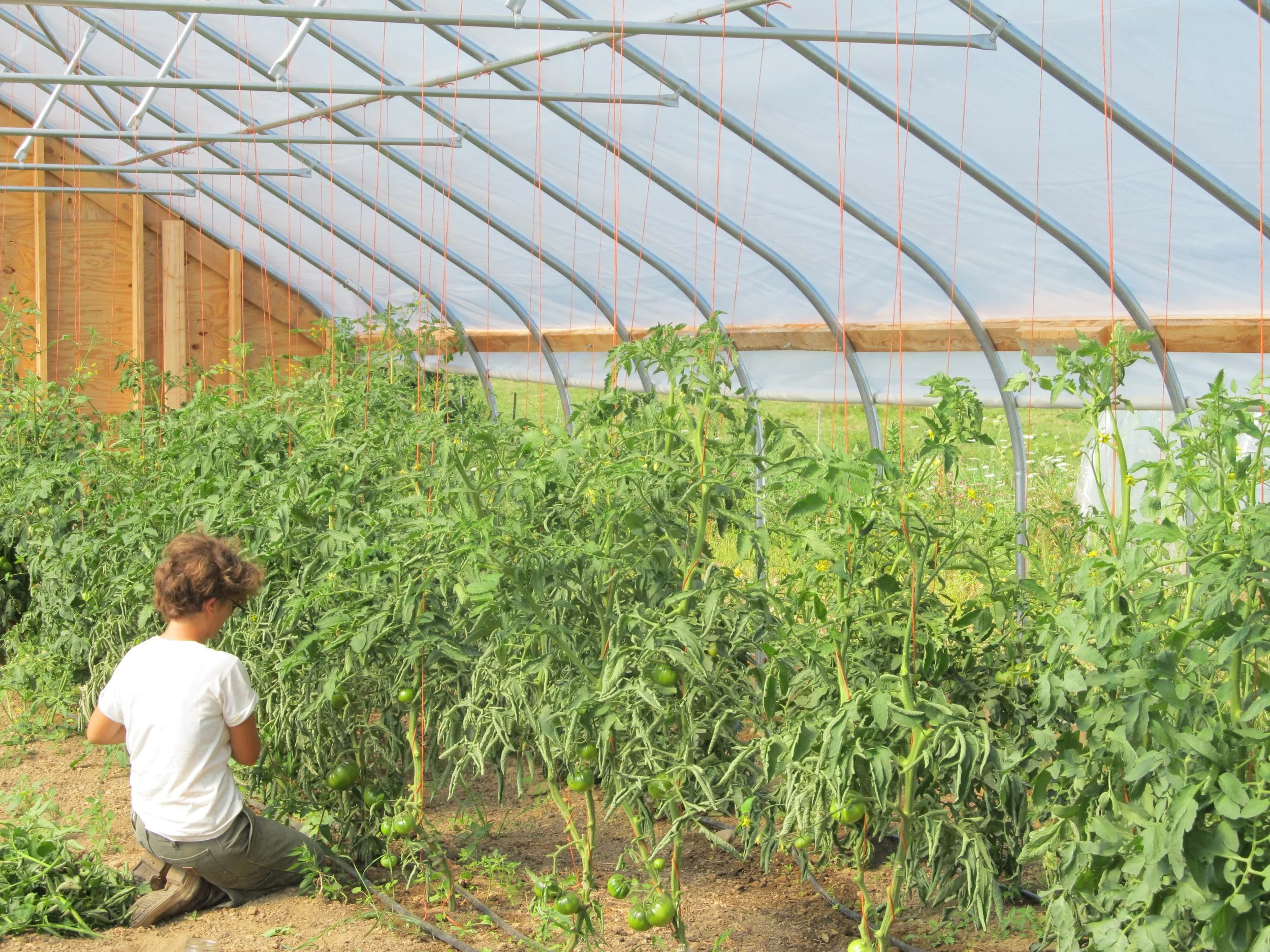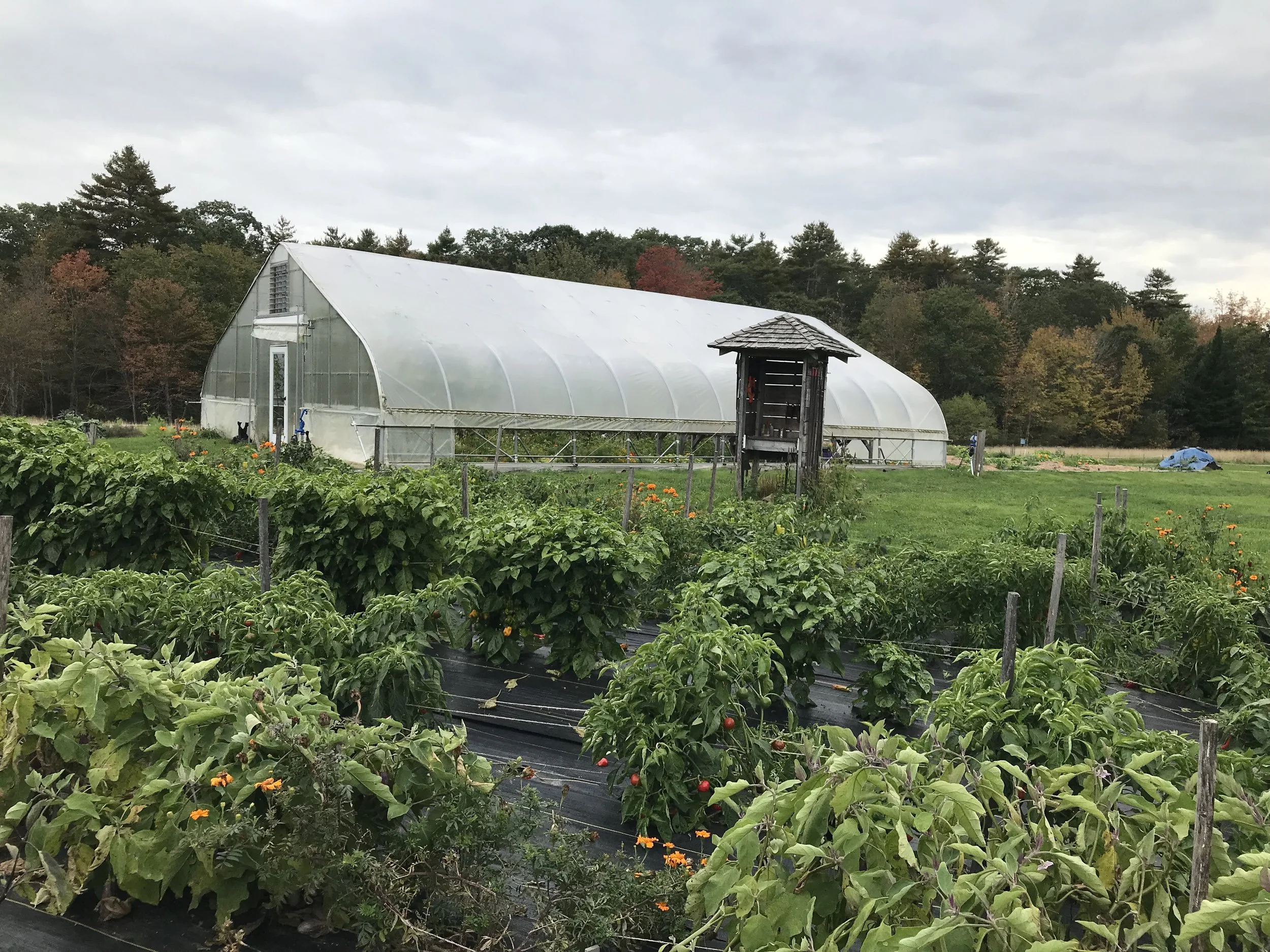
Natural Resources Conservation Service
Agricultural Management Assistance
The Agricultural Management Assistance (AMA) helps agricultural producers manage financial risk through diversification, marketing or natural resource conservation practices.
What is the Agricultural Management Assistance program (AMA)?
The Agricultural Management Assistance (AMA) helps agricultural producers manage financial risk through diversification, marketing, or natural resource conservation practices. NRCS administers the conservation provisions while Agricultural Marketing Service (AMS) and Risk Management Agency (RMA) implement the production diversification and marketing provisions.
Interested in getting support? Contact your local District Conservationist.
Learn more about Natural Resources Conservation Service and other programs and initiatives offered.
How It Works
AMA is available in 16 states where participation in the Federal Crop Insurance Program is historically low: Connecticut, Delaware, Hawaii, Maine, Maryland, Massachusetts, Nevada, New Hampshire, New Jersey, New York, Pennsylvania, Rhode Island, Utah, Vermont, West Virginia, and Wyoming. NRCS works with producers to develop an AMA plan of operations. Producers may construct or improve water management structures or irrigation structures; plant trees for windbreaks or to improve water quality; and mitigate risk through production diversification or resource conservation practices, including soil erosion control, integrated pest management, or transition to organic farming. Contracts are for a minimum of one year after completion of the last practice, but not more than 10 years. Participants are expected to maintain cost-shared practices for the life of the practice. Read More About AMA (PDF).
Who is Eligible?
Applicants must own or control the land within an identified AMA State and comply with adjusted gross income limitation provisions. Eligible land includes cropland, rangeland, grassland, pastureland, non-industrial forestland, and other private land that produces crops or livestock where risk may be mitigated through operation diversification or change in resource conservation practices.
Payment Limitation
AMA provides financial assistance up to 75 percent of the cost of installing conservation practices. The total AMA payments (from NRCS, AMS, and RMA) shall not exceed $50,000 per participant for any fiscal year.
How to Get Assistance
-
To get started with NRCS, we recommend you stop by your local NRCS field office. They’ll discuss your vision for your land.
NRCS provides landowners with free technical assistance, or advice, for their land. Common technical assistance includes resource assessment, practice design and resource monitoring. Your conservation planner will help you determine if financial assistance is right for you.
-
NRCS staff will walk you through the application process. To get started on applying for financial assistance, we’ll work with you:
To fill out an AD 1026, which ensures a conservation plan is in place before lands with highly erodible soils are farmed. It also ensures that identified wetland areas are protected.
To meet other eligibility certifications.
Once complete, NRCS staff will work with you on the application, or CPA 1200.
Applications for most programs are accepted on a continuous basis, but they’re considered for funding in different ranking periods. Be sure to ask your local NRCS district conservationist about the deadline for the ranking period to ensure you turn in your application in time.
-
As part of the application process, we’ll check to see if you are eligible. To do this, you’ll need to bring:
An official tax ID (Social Security number or an employer ID)
A property deed or lease agreement to show you have control of the property; and
A farm tract number.
If you don’t have a farm tract number, you can get one from USDA’s Farm Service Agency. Typically, the local FSA office is located in the same building as the local NRCS office. You only need a farm tract number if you’re interested in financial assistance.
-
NRCS will take a look at the applications and rank them according to local resource concerns, the amount of conservation benefits the work will provide and the needs of applicants.
-
If you’re selected, you can choose whether to sign the contract for the work to be done.
Once you sign the contract, you’ll be provided standards and specifications for completing the practice or practices, and then you will have a specified amount of time to implement. Once the work is implemented and inspected, you’ll be paid the rate of compensation for the work if it meets NRCS standards and specifications.Item description
Print this information (downloadable PDF)
Local District Service Centers
To learn more and inquire about any NRCS programs and initiatives, contact your NRCS District Conservationist.
Knox and Waldo Counties
Peter Abello, District Conservationist
peter.abello@usda.gov
(207) 338-1964 Ext. 3
46 Little River Drive
Belfast, ME 04915-9804
Get Directions
Lincoln and Kennebec Counties
Amanda Burton, District Conservationist
amanda.burton@usda.gov
(207) 622-7847 Ext. 3
2305 North Belfast Avenue
Augusta, ME 04330
Get Directions




